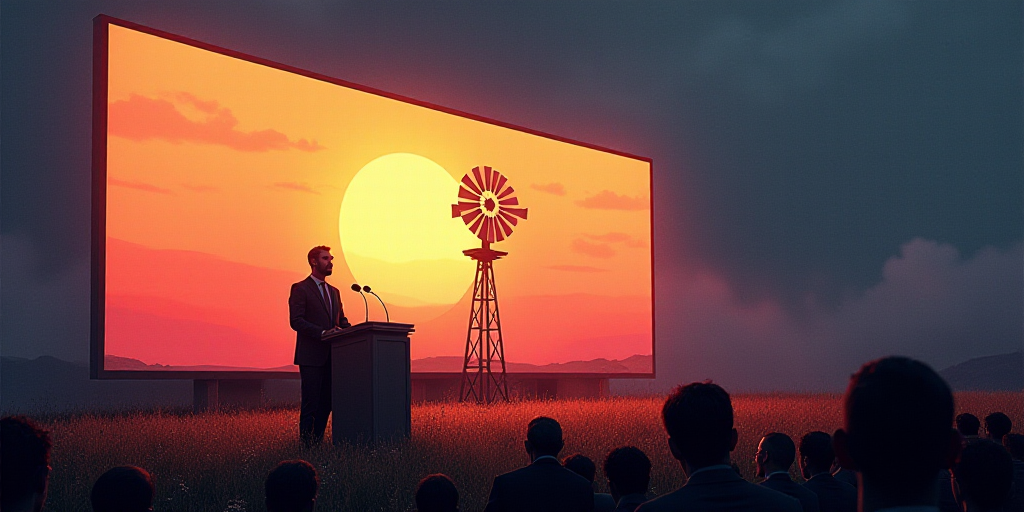Background and Relevance of BRICS Leaders
The BRICS summit, comprising Brazil, Russia, India, China, and South Africa, is set to commence in Rio de Janeiro on Sunday. This group of nearly half the world’s population and around 40% of global GDP aims to address trade policies set forth by U.S. President Donald Trump. Notable absences include Chinese President Xi Jinping and Russian President Vladimir Putin, who faces international arrest warrants over alleged war crimes in Ukraine. Iran will also not send its president, following a recent military escalation with Israel.
Security Measures for the Rio Summit
In response to potential security concerns, Brazilian forces will deploy over 20,000 agents to safeguard the city during the two-day event. They will utilize fighter jets equipped with missiles to monitor airspace, a measure not taken since the 2016 Rio Olympics.
Trade Tensions and Divisions Among BRICS
Trump’s trade policies have sparked tension within the BRICS. The U.S. president announced plans to send letters to trading partners, informing them of upcoming punitive tariffs on numerous countries. In a pre-summit meeting, BRICS leaders agreed to reject aggressive tariff measures in their final declaration, avoiding explicit mentions of the U.S. or Trump.
- Trade Conflicts: Despite the agreement to reject aggressive tariffs, BRICS members remain divided on how to address the Israel-Hamas conflict following the recent escalation in the Middle East.
- Historical Stances: Iran has historically rejected the “two-state solution” for Israel and Palestine, a stance that may complicate negotiations within the BRICS.
“Cautious Tone” Adopted by BRICS
Experts predict a cautious tone from the BRICS regarding U.S. trade policies, as exemplified by China’s contained approach to Middle East conflicts. Following Trump’s bombing of Iranian nuclear facilities, the BRICS issued a vague statement on the matter due to differing member opinions.
“The trend is for a careful tone with the U.S.,” said Marta Fernández, director of the BRICS Policy Center at Pontifical Catholic University of Rio. “China, for example, has been trying to maintain a contained stance on the Middle East, and becoming embroiled in that conflict may not be in Beijing’s interest.”
Lula Advocates for Desolarization
Former Brazilian President Luiz Inácio Lula da Silva, who will attend the summit virtually due to his international arrest warrant, has once again proposed an alternative to the U.S. dollar for trade among BRICS members.
“I know it’s complicated… But if we don’t find a new formula, we’ll end the 21st century as we began it,” Lula said at a BRICS event in Rio.
However, given Trump’s threat of 100% tariffs should the desolarization idea progress, this prospect seems unlikely.
Additional Declarations by BRICS
Besides the main declaration, the BRICS will issue statements on climate change, artificial intelligence, and healthcare cooperation. Since 2019, the BRICS expanded their partner list to include Arabia Saudita, Egipto, Emiratos Árabes Unidos, Etiopía, Indonesia, and Irán.
Key Questions and Answers
- Who are the BRICS? The BRICS is a group of five major emerging economies: Brazil, Russia, India, China, and South Africa.
- Why is this summit significant? The summit aims to address trade policies set by U.S. President Donald Trump and find common ground on global issues, including the Middle East conflict.
- Which leaders are absent? Chinese President Xi Jinping and Russian President Vladimir Putin will not attend, along with Iran’s president due to recent military escalations.
- What security measures are in place? Brazilian forces will deploy over 20,000 agents and use fighter jets with missiles to monitor airspace during the summit.
- What are the main points of contention? The BRICS members remain divided on how to address trade conflicts and the Israel-Hamas conflict, as well as the historical stance of Iran on the “two-state solution” for Israel and Palestine.






